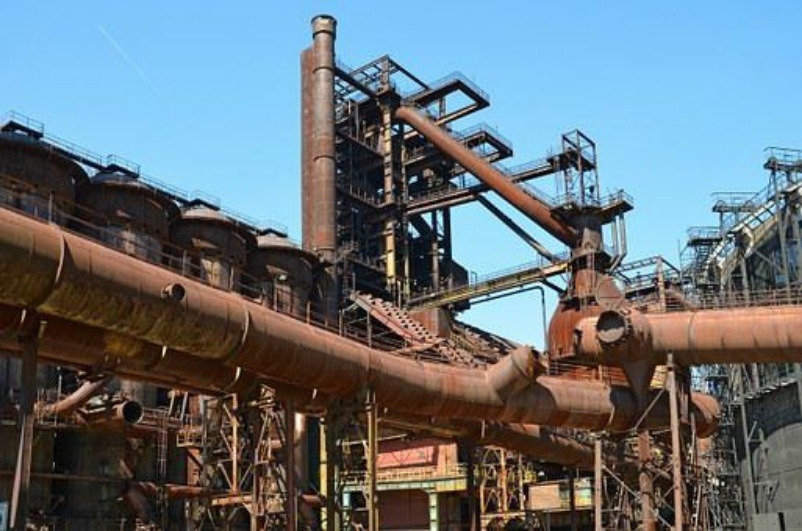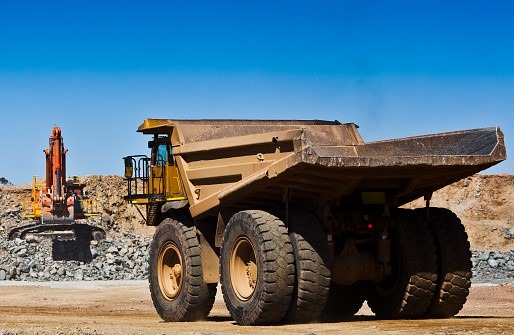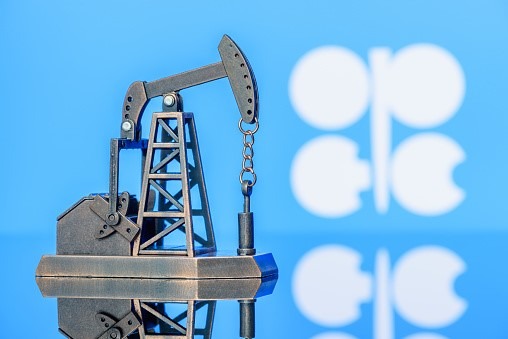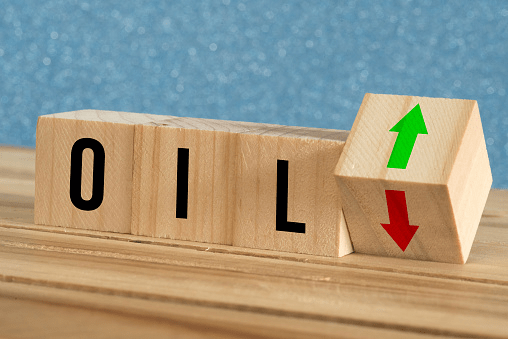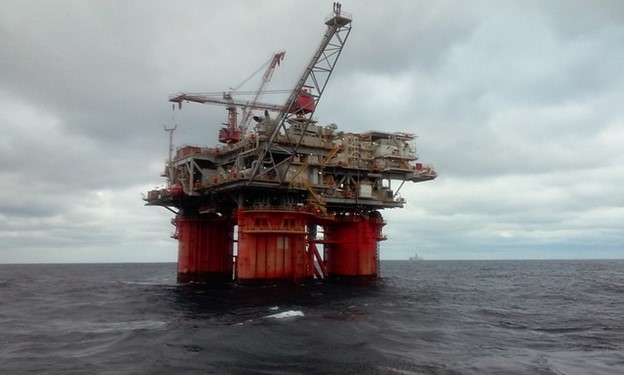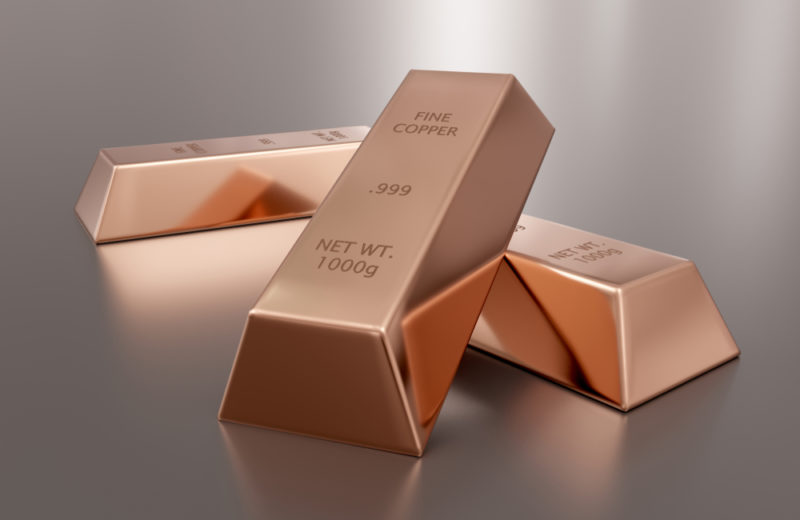Iron ore prices have fallen from six-month highs of over $130/t to around $116/t in recent weeks as investors examine a complex web of factors in China that are putting pressure on the cost of our key commodity.
Iron ore inventories at BHP, Rio Tinto, and Fortescue Metal Groups have seen relatively little change over the past few days as downstream demand has seen negative steel margins just as China’s peak construction season is about to begin.
China’s January-March iron ore imports suggest that the reopening of trade, as predicted by luminaries like Mike Henry and Twiggy Forrest, has been good for iron ore producers.
Import rose 15% yearly to 100 million tonnes in March, suggesting measures to support the housing market are shaking their fundamentals.
“Iron ore imports have reached 100 million tonnes, with multiple measures supporting the property market’” ANZ’s Daniel Hynes and Soni Kumari wrote this week.
“Steel production is back to normal, which could keep iron ore imports relatively stable.”
However, not all analysts are optimistic about iron ore demand.
Some Other Effects
On the other hand, Fitch analysts say that iron ore and steel prices are supported, but it is difficult to break the resistance near last year’s highs (around $160/t in April 2022).
Despite numerous price risks, iron ore and steel prices remain high in April 2023. Our outlook for both metals remains positive in 2023 from current levels as we expect mainland China’s demand to continue to support prices as the country recovers in 2023.
However, global demand remains subdued, and our forecast that many major economies will enter recession in 2023 will keep ferrous metals demand and price strength contained.


